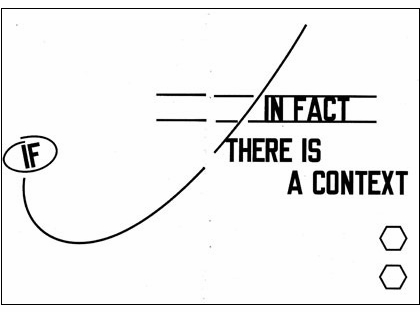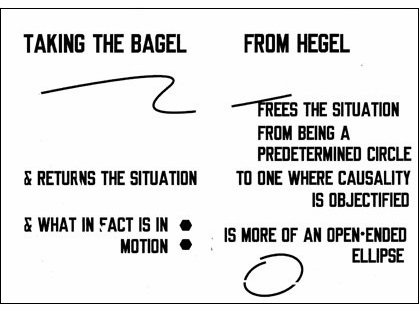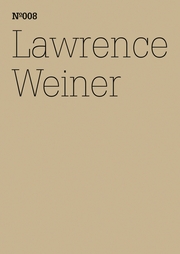| |||||||||||||||||||||||||
ARTBOOK BLOGEventsStore NewsMuseum Stores of the MonthNew Title ReleasesStaff PicksImage GalleryBooks in the MediaExcerpts & EssaysArtbook InterviewsEx LibrisAt First SightThe Artbook | D.A.P. 2025 Gift GuidesArtbook Featured Image ArchiveArtbook D.A.P. Events ArchiveDATE 2/1/2026 Black History Month Reading, 2026DATE 1/22/2026 ICP presents Audrey Sands on 'Lisette Model: The Jazz Pictures'DATE 1/21/2026 Guggenheim Museum presents 'The Future of the Art World' author András Szántó in conversation with Mariët Westermann, Agnieszka Kurant and Souleymane Bachir DiagneDATE 1/19/2026 Rizzoli Bookstore presents Toto Bergamo Rossi, Diane Von Furstenberg and Charles Miers on 'The Gardens of Venice'DATE 1/19/2026 Black Photojournalism, 1945 to 1984DATE 1/18/2026 Artbook at MoMA PS1 presents Paul M. Farber and Sue Mobley launching 'Monument Lab: Re:Generation'DATE 1/17/2026 Artbook at Hauser & Wirth Los Angeles Bookstore presents Peter Tomka on 'Double Player'DATE 1/14/2026 Printed Matter, Inc. presents Pedro Bernstein and Courtney Smith on "Commentary on 'Approximations to the Object'"DATE 1/13/2026 Join us at the Winter Atlanta Gift & Home Market 2026DATE 1/12/2026 Pan-African possibility in 'Ideas of Africa'DATE 1/11/2026 Previously unseen photographs by Canadian color master Fred HerzogDATE 1/5/2026 Minnie Evans’ divine visions of a lost worldDATE 1/1/2026 Happy New Year! | EXCERPTS & ESSAYSMING LIN | DATE 7/24/2011Documenta Notebooks: Lawrence Weiner"IF IN FACT THERE IS A CONTEXT..." begins Lawrence Weiner, rather skeptically, in his contribution to Hatje Cantz and Documenta's series, 100 Notes, 100 Thoughts. Weiner, a formative figure of the conceptual art movement, is known for his bold typographic works displayed as wall installations. His very literal phrases—for example the famous work "A 36" X 36" REMOVAL TO THE LATHING OR SUPPORT WALL OF PLASTER OR WALL-BOARD FROM A WALL"—lead the viewer to question whether the work of art is the object or action described or the text itself. Like Joseph Kosuth's 1965 "One and Three Chairs" piece, which features a chair, a photograph of the same chair and a copy of the dictionary definition of the word "chair," Weiner's work invites ambiguity in order to interrogate themes such as what an original work of art consists of and how meaning is made.   |
